General Order No. 4077
Durham Police Department
Subject: EYEWITNESS IDENTIFICATION CHANGE 26
INTRODUCTION
PHOTOGRAPHIC ARRAYS
Photographic arrays should adhere to the following set of guidelines:
- Separate all witnesses. Each witness should be given instructions regarding the array procedures without other witnesses present. Witnesses should not be allowed to confer with one another either before, during, or after the procedure.
- Use an independent administrator. It is preferable that the individual conducting the photographic array should be someone who does not know which member of the photographic array is the suspect. There should not be anyone present during the array procedure who knows the suspect's identity. Only when resources make this practice prohibitive should an independent administrator not be utilized. When it is necessary to conduct a photographic array without an independent administrator, the primary investigator must exercise extreme caution to avoid inadvertent signaling to the witness of the “correct” response.
- Include a minimum of five fillers (non-suspects).
- If there is more than one suspect that fits the description of the perpetrator, there can be more than one suspect in the photographic array; however the number of fillers should be increased to a minimum of five per suspect.
- Fillers should resemble the witness's description of the perpetrator in significant features (face, profile, height, weight, build, posture, gait, specific articles of clothing, etc.) or, in the case where a composite is used, based on their resemblance to the composite. If the perpetrator was described as having an unusual identifying mark, all fillers should have similar markings or all array members should have similar coverings over the described area.
- When there is an inadequate description of the perpetrator, or when there is a suspect whose appearance differs from the description of the perpetrator, fillers should resemble the suspect in significant features. For example, if a suspect is identified through fingerprints and the suspect's appearance differs from the witness's description of the perpetrator, fillers should be chosen that resemble the suspect in appearance.
- When showing a new suspect, avoid reusing the same fillers in arrays shown to the same witness.
- Ensure no writings or information concerning previous arrests or previous identification results are visible.
- Lead photographic arrays with a filler.
- Place suspects in different positions in each photographic array when there are multiple witnesses in the same case. Position all other members of the array randomly.
- Photographs should be presented to witnesses sequentially, rather than simultaneously unless an independent administrator cannot be used. Sequential presentation requires each photograph to be presented to the witness separately, in a previously determined order, removing each photograph after it is viewed; whereas simultaneous presentation presents all photographs at the same time. If an independent administrator is not available, simultaneous presentation of photographs is necessary.
- In the case of sequential arrays, witnesses should not know how many photographs will be shown.
- Presentation administrators should give identical instructions at the beginning of every identification procedure using the applicable verbal instructions found in either Attachment 1 or 2. Administrators shall have the witness sign and date the instruction form indicating that he/she understands the instructions and are prepared to follow them. Administrators should use great care not to influence the witness's selection in any way. Administrators should avoid making any comments during the selection procedure and should be aware that witnesses can perceive such things as unintentional voice inflection or prolonged eye contact as messages regarding their selection.
- Each of the witness's responses to the question "Is this the person you saw [insert description of act here]? Yes or no?" should be documented with a reference to the number of the photograph being presented and the exact response given.
- Witnesses should be shown all photographs, even if they make an identification during the presentation.
- If the witness can not make an identification after all photographs are shown, the administrator can ask, "Would you like to view the photographs again?" The fact that the witness did not make an identification the first time through and that the administrator asked the witness if they would like to view the photographs again, as well as the outcome of the second display, must be documented in the record. It is important not to tell the witness prior to the complete array presentation that they will be allowed to view the photographs a second time if they do not make an identification the first time through.
- If a witness asks to view the photographic array again, all photographs must be presented in the same order as the first viewing. The photographic array can be presented only twice if there is no identification by the witness.
- Ensure the witness does not write or mark any materials that will be used in other identification procedures.
- The array administrator should document their name, the procedure employed, the number of photographs shown, sources of all photographs used, names of persons present during the photographic array, number of times the array is viewed and the results of the procedure. Documentation should include the date, time, and location of the procedure.
- Ensure array results are signed and dated by each witness using the Durham Police Department Identification Affidavit form (Attachment 3).
- Do not give witnesses any feedback regarding the individual he/she has selected or comment on the outcome of the array procedure in any way.
- After the photographs have been viewed, they should be marked denoting the order that they were shown to the witnesses and retained for later use in court.
Show-up procedures should adhere to the following guidelines:
- Show-ups should be used when circumstances require the prompt display of a single suspect to a witness.
- Show-ups should only be conducted when the suspect matching the description of the perpetrator is located in close proximity in time and place to the crime.
- If practical, transport the witness to the location of the detained suspect.
- Show-ups should not be conducted with more than one witness present at a time.
- Witnesses should be given a cautionary instruction that the individual may not be the perpetrator.
- If there are multiple witnesses and one witness makes an identification during a show-up, reserve the remaining witnesses for another identification procedure.
- Words or conduct of any type that may suggest to the witness that the individual is or may be the perpetrator should be carefully avoided.
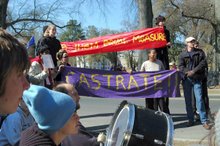




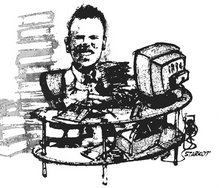
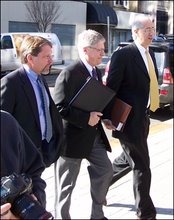
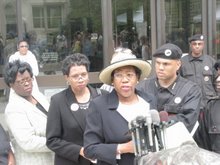
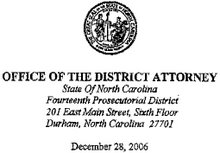
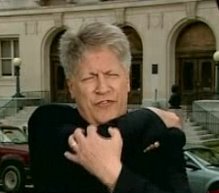

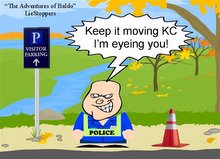



















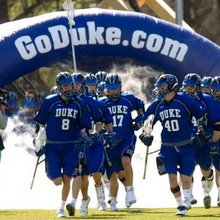

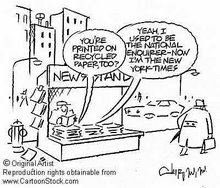


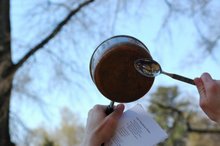


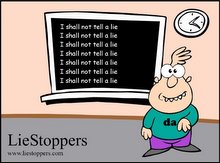






1 comment:
Carolyn says:
Speaking of 'eyewitness identification', has anyone EVER asked Crystal Mangum the identity of the guys whose DNA was in her panties? Since she can identify men who weren't in them (ever), perhaps she could identify those who were?
Count if she needs 7 tries.
Post a Comment